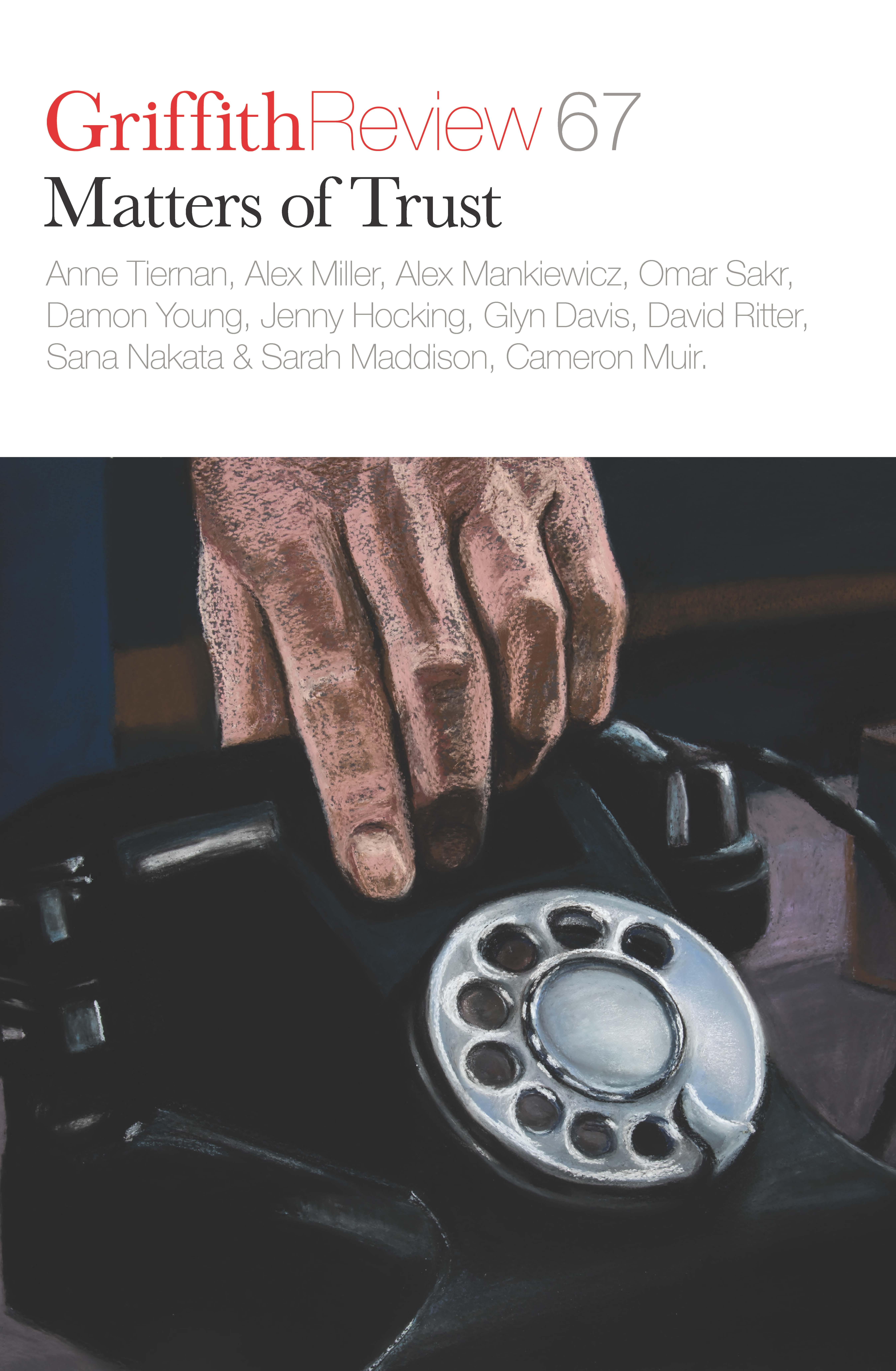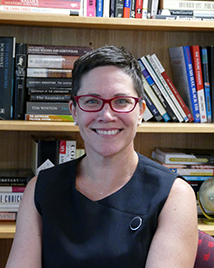Featured in

- Published 20200204
- ISBN: 9781925773804
- Extent: 264pp
- Paperback (234 x 153mm), eBook

Already a subscriber? Sign in here
If you are an educator or student wishing to access content for study purposes please contact us at griffithreview@griffith.edu.au
Share article
About the author

Caitlin Byrne
Caitlin Byrne is professor of international relations and director of the Griffith Asia Institute, Griffith University.
More from this edition

The things we’ll leave behind
FictionTHERE’S A LIGHT blearing hazy through the glass behind her brother’s head, the red-blue red-blue of a police car or ambulance. A fire truck....

Nuclear landscapes
GR OnlineThe United States has conducted 1,054 nuclear weapon tests, of which 219 have been atmospheric. The US Army conducted the first test on 16 July 1945 as part of the Manhattan Project in what is now the White Sands Missile Range in New Mexico’s Jornada del Muerto desert. The test site was declared a National Historic Landmark district in 1965...

Working through the problems
In ConversationWE WORK TOGETHER as co-directors of the Indigenous Settler Relations Collaboration, a research unit at the University of Melbourne. In this context, our working...